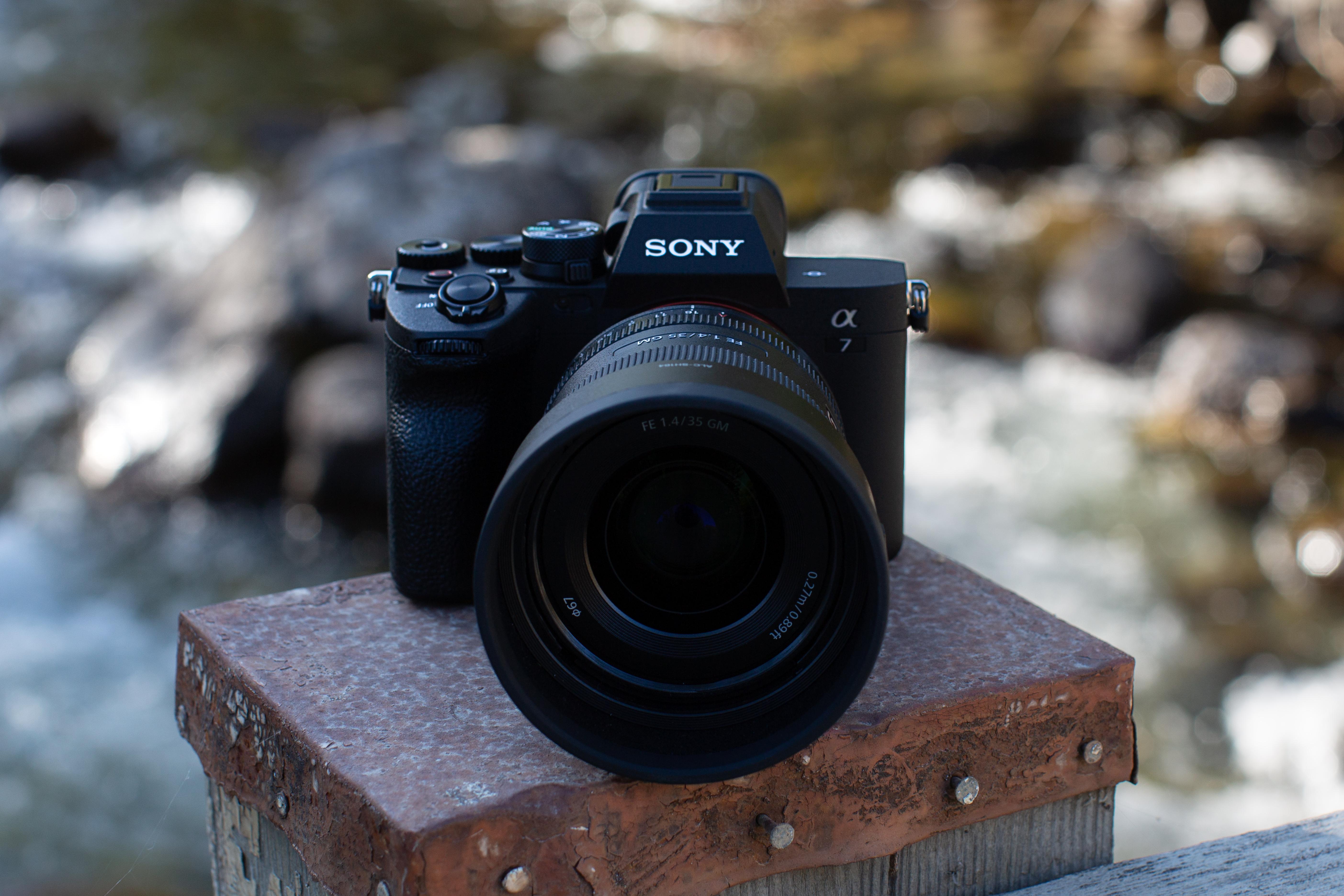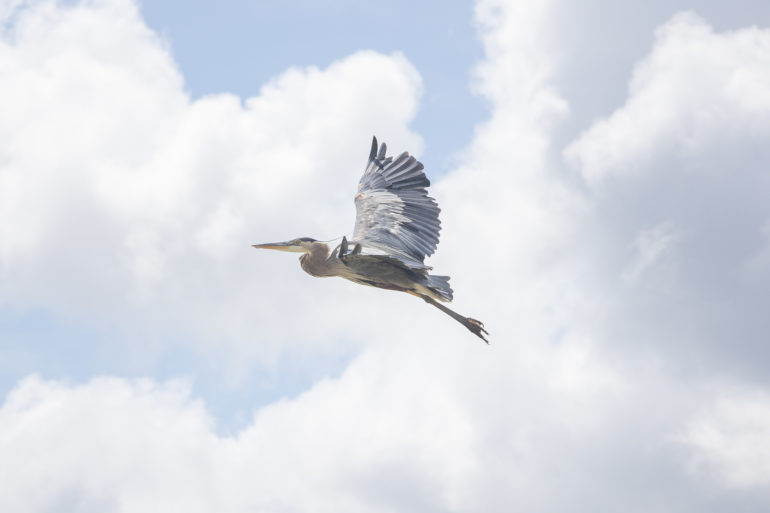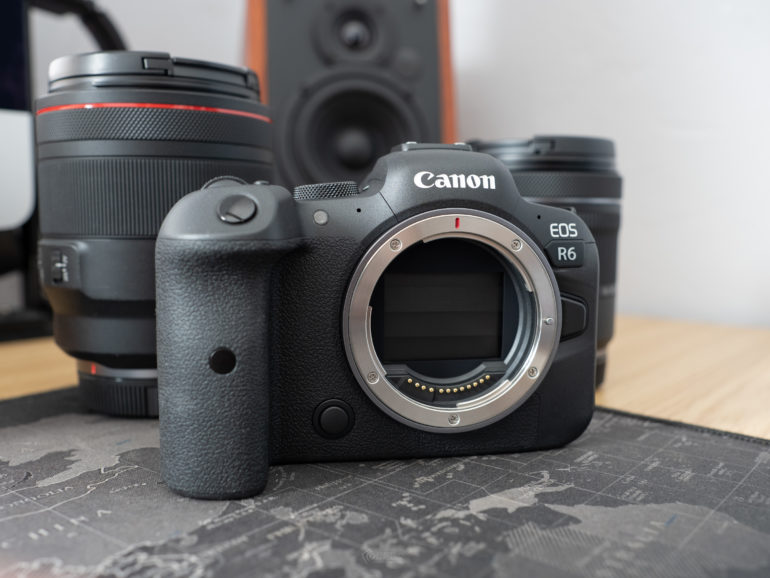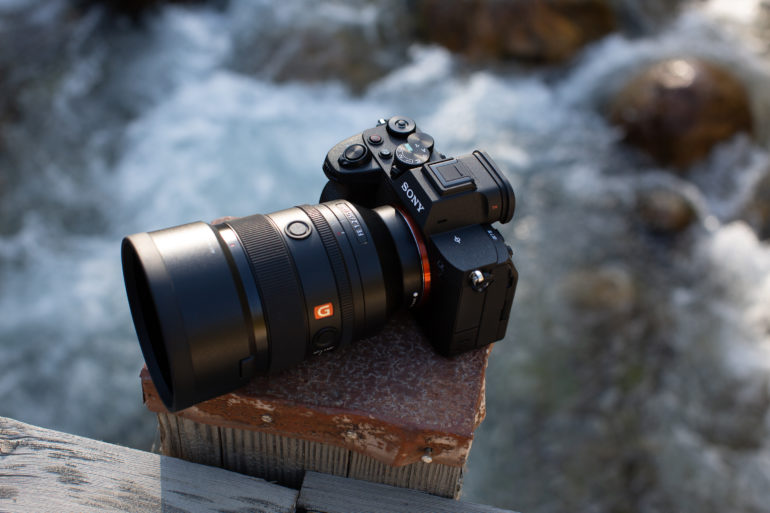If you’re looking for cameras for bird photography, you should consider full-frame. Sure, APS-C and Micro Four Thirds cameras also do fantastic jobs, but full-frame lets you do so much more than just bird photography. We dove into our reviews index to see what’s on the market. Here are the best full-frame cameras for bird photography under $3,000.
Subscribers get some sweet perks and are automatically entered into contests!. Download our app for iOS, iPad, and Android and get no banner ads for $24.99/year.
Table of Contents
How We Chose the Best Full Frame Cameras for Bird Photography Under $3,000
Here’s a bit of insight into how we chose the best full-frame cameras for bird photography under $3,000
- Our Editorial Policies don’t let us talk about products we haven’t tried. Lucky for you, we’ve used every full-frame camera on the market. And these are the best full-frame cameras for bird photography in the more affordable range that we think folks will love.
- Canon does something cool of combining birds and animals into one focusing mode.
- Full-frame cameras are great, but also consider APS-C cameras. They give your lenses more reach by using only a smaller part of the sensor.
- Panasonic can combine human and animals detection into the same setting.
- Sony’s a7 IV is one of the best cameras for bird photography, but it’s also a bit more complicated to use unless you’re always going to look for birds.
- Technically, any camera with good autofocus tracking will do. But we’re focusing (pun intended) on cameras with AI built into them. The best cameras for bird photography make capturing your feathered fellows pretty easy.
Canon EOS R6
Pros
- Fantastic ergonomics have returned to Canon cameras
- Great build quality which includes excellent weather sealing
- Incredible autofocus system that’s on par with Sony offerings, now with vechicle detection AF
- Plenty of 4K video options for those need them
- Easy to use touchscreen menu system
- Excellent image quality
- Incredibly effective IBIS
- Two UHS-II SD card slots
- Incredible buffer performance (over 180 RAW and over 1,300 JPEGS)
- The EVF and vari-angle LCD are of high quality
Cons
- No top LCD panel
- It’s priced a little high at $2,499
How’s the Autofocus?
In our review, we state:
“Canon has pulled an ace out of its sleeve when it comes to animal eye AF. I have been blown away with just how accurate and precise it has been. The eye AF starts almost instantaneously if you are close enough to an animal, and it does not matter if the animal is stationary or in motion. The Canon EOS R6 has no problems with birds in flight either, check out the image above. This Egret took off and soared past: in an instant, the camera was locked on and was tracking the bird’s eye as it flew by. I have tried the system out with my dogs too while they have been playing, and it is the same great story.”
Buy Now: Amazon
Sony a7 IV
Pros
- Face detection and tracking
- Animal face detection and tracking
- Bird face and eye detection
- Metering
- Updated OLED screen and menu
- Comfortable grip
- Suitable for a variety of applications
- Weather-sealed and sensor dust issue is improved
- Fast autofocus
- Impressive Dynamic Range
- Sharp – almost too sharp for some womens’ portraits
- In-camera skin softening to combat incredibly sharp skin pores
Cons
- High ISO performance could be better
- Color noise in out-of-focus areas at lower ISOs
- Shutter freezes and the camera becomes unresponsive at times when shooting bracketed.
- High burst mode currently only works if shooting compressed RAW
How’s the Autofocus?
In our review, we state:
“The tracking is impressive, even when the eye is no longer visible. Tracking is much more accurate once the subject turns, so their eyes are back in the scene.”
Buy Now: Amazon
Panasonic S5
Pros
- Nice feeling
- Dual card slots
- Image stabilization is solid
- Feels great in the hand
- Beautiful JPEGs
- High ISO output is solid
- Panasonic’s full-frame colors continue to put me in awe.
- Live composite is SO FUN!
- Panasonic’s menus continue to be some of the best.
- I ADORE the shutter sound.
- Probably the fastest autofocus camera I’ve seen from Panasonic in the full-frame range
- L Monochrome D continues to be one of the most beautiful and wonderful features of Panasonic cameras.
- These RAW files are great
Cons
- Much improved autofocus, but face detection could be better. As of November 2020, it’s really improved with firmware 2.0.
- Multiple exposure mode and how it’s used is a mess. It needs more versatility.
- Battery life is much improved
- Focus peaking requires a lot of improvement before it’s perfect
How’s the Autofocus?
In our review, we state:
“And the only systems that can do it very well are Canon and Sony. Panasonic’s integration of the focusing types is far superior to Sony and Canon both. Sony has it worse where you need to dig through the menu to switch from one to another. Canon has a specific mode for face detection. So too does Panasonic, but at least now you’re more versatile. I thoroughly enjoyed this.”
Buy Now: Amazon






